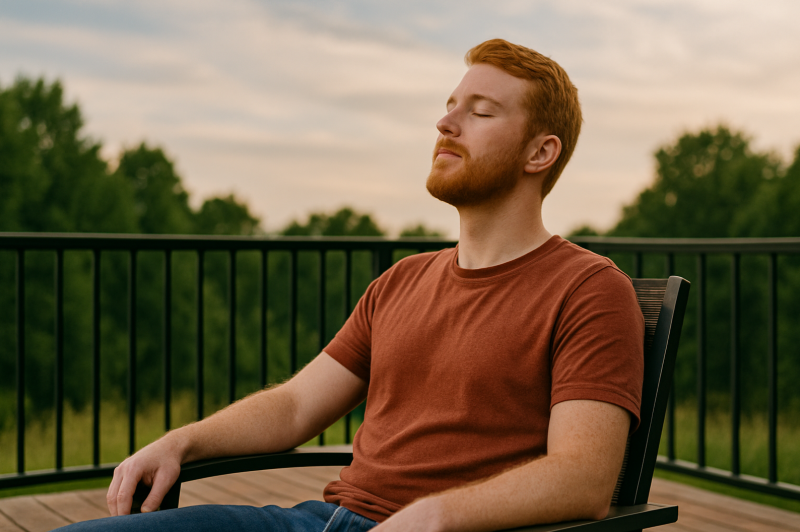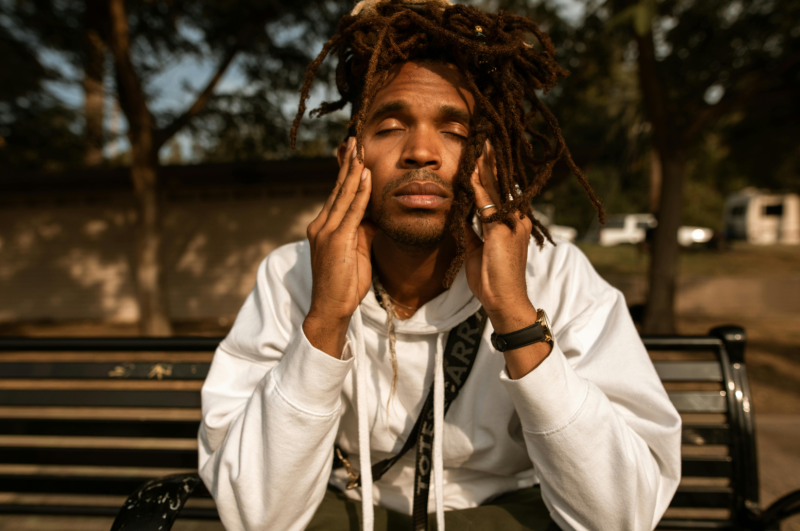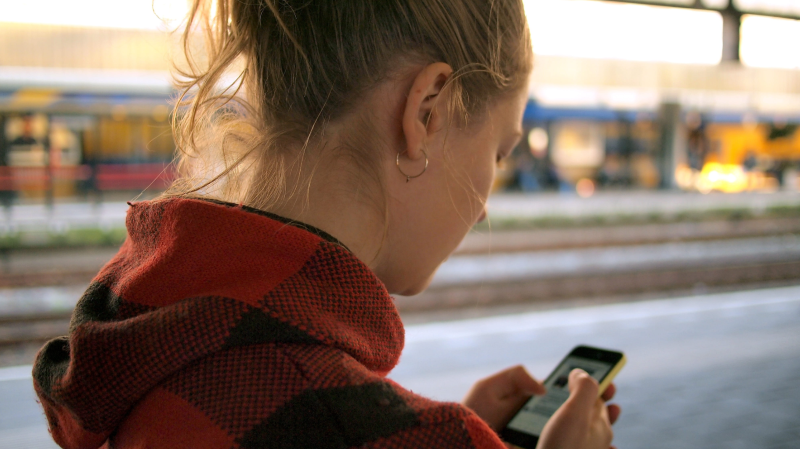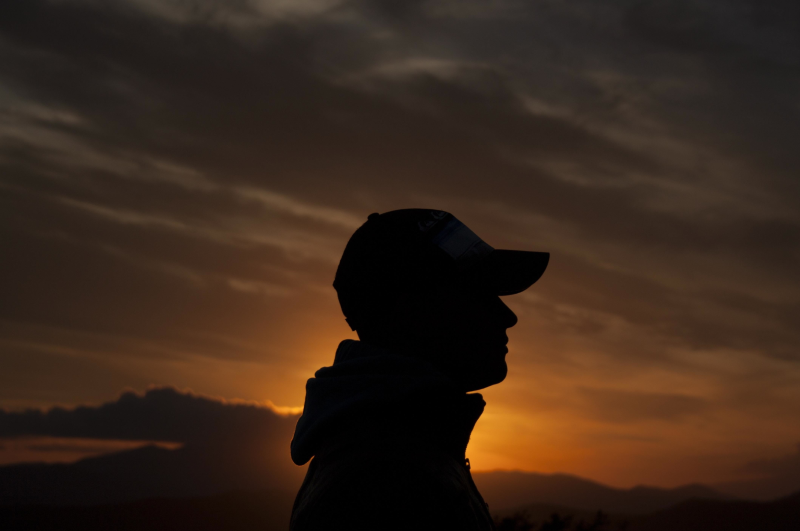

By Jonita Davis
Film and culture critic, author, and freelance writer.
We live in a society that is peppered with opportunities to “give to the needy.” At the checkout stand, you can round up your purchase to an even number—donating the difference to homeless families or sick children; add a dollar to your meal for veterans in need or for educational programs; send an impoverished kid to summer camp or feed a whole family for your $1 donation. But actually accessing those donations requires people in need to navigate a gauntlet of forms, requirements, and waiting periods that could thwart even the most seasoned traveler.
I found this out recently after experiencing a family crisis that sent me into the night, trekking from Indiana to Colorado, my scared children in the back of my car along with only the belongings we could carry. I was somewhere in Iowa when I got the text that changed everything—again. My destination in Colorado—with a relative, another single mom with two girls—was no longer available. My relative was afraid of bringing the drama to her own family. I had to find somewhere else to go.
When driving through the Midwest in the middle of the night, things start looking like a video game. And not the sunny games with smiling mushrooms, princesses, and happy Italian plumbers. No, this is a serious, somber game where you must make it to the end with only one life, with no guides and no power-ups; the resources that do exist are well hidden. There are no game reviews or chat forums to scour for cheat codes or clues on how to reach the end alive. Instead, our hero must blindly stumble through, hoping to slap the right box or utter the right word to unleash a secret-but-essential guide who can point the way toward the final credits.
Pulled over on the side of some highway in Iowa, I needed information—and fast. I took to the internet, messaged, and called people I thought would be friends in the know. “Try the shelters.” “Have you called your dad?” Most people asked, “Have you tried Googling?”
I had—and I’d found out that the charities I so often saw promoting their donation campaigns to “round up your total” or “add $1” were just that: donation engines. Those charities send the money raised to other organizations, which have their own processes for distributing the funds. However, a single mother who’s scared, stressed, and homeless isn’t in a position to comb a site to look for application links. I eventually learned that those links do exist, just not where they can be easily found.
I posted a message on Instagram describing my plight, along with links to my digital-payment profiles. I got help that night from my internet friends, and a best friend from childhood whom I hadn’t seen in forever. I’ll call her Mo. Within minutes, I had a direct message from Mo: “How much do you need to get someplace safe for the night?” That was all she asked. I told her. She asked for my payment information, and, minutes later, I was able to book the kids and myself into a safe space for the night. That was the first hidden bonus level I was able to access for direct support: social media. Next I posted a video describing our struggle to all my social media platforms and YouTube, along with my payment-app information.
That’s how I got the money to not only fund a place for that first night on the road, but also to cover our first month living in a hotel when we got to Colorado. Crowdfunding, including a GoFundMe campaign, was the unexpected bonus I unlocked, and it helped tremendously.
I turned to these resources, desperate for a glimmer of hope, after I realized my family was not willing to support the safety of my kids and me. Months later, the only explanation anyone in my family has provided came via a social media DM: My family thinks I am wrong for leaving a marriage of 24 years. Because no one else will talk to me, I must assume this is true.
After getting temporary shelter in Colorado, the next major hurdle was getting the kids into school. This endeavor requires certain documents—including the children’s birth certificates. I didn’t have them, nor could I order them, due to a federal rule about permanent addresses. I didn’t have one of those.
So I met with a resource counselor at my kids’ school. During the meeting, I started to explain where I lived, only to have one of the kids blurt out, “At the hotel!” Apparently, the word “hotel” unlocked another bonus level. The counselor told me about the federal McKinney-Vento Homeless Assistance Act, which guarantees access to education for children whose families are unhoused, migrant workers, or whose shelter is temporary.
Thanks to the law, my kids were enrolled in class within a week of that meeting with the counselor. If one of my kids hadn’t said the code word “hotel,” we would have been waiting weeks for help in enrolling, and we would have missed the treasure trove the counselor was about to share with us. The same counselor sent me a list of agencies and organizations that became my “cheat codes” for navigating this game. Using the words “McKinney-Vento” unlocked a magic door to what felt like an easier level of playthrough.
The counselor’s resources also included 211, which I now know is available in all 50 states. Although it may not be advertised, the 211 system is like the 911 system in that all calls and texts are routed to the closest call center. The number in Colorado goes to the United Way in various counties, and, during business hours, it will connect callers with someone who can answer questions and offer contact information for support organizations. Operators are trained to address housing emergencies, suicide prevention, mental health crises, and domestic violence safety, among other topics.
In my case, 211 helped connect me to Colorado Peak, a state-run site where I could sign up for a range of services with one application: housing, medical insurance, child care assistance, public-transportation aid, food, jobs, and more. The Peak caseworker I spoke with also told me about programs that helped with the deposit and first month’s rent payments for families in transition, in addition to cash aid for families without work. It was like she had opened a “loot chest” and was handing me weapons to use in my quest.
It does take time for those programs to kick in—about a month from the time I filed the applications. As such, there was a moment when I did not have the money to pay for our hotel room for another week. I’d been paying weekly to save $110 versus the daily rate, and I needed the money in a few days. Our crowdfunding had dried up. A friend suggested the Black Fairy Godmother. She sounded like an oracle in a game, sent to give advice and set the players back on the right track.
She did just that. I found the Black Fairy Godmother on Instagram—she is also known as Simone Gordon, a philanthropist who dedicates her social media accounts to helping families in need. I found Gordon’s email address, and she guided me to the application on her website. Less than 24 hours later, she had raised $600 by telling my story on social media and gathering donations from her followers. I’ve learned that there are a few other organizations that do similar work, including the Pandemic of Love USA, The Wealthfair Tour, and Can I Live Inc.
At the time of this writing, my kids and I are on the waiting list for several housing spaces, and I have landed a job to help cover the costs of the hotel until permanent housing comes through. The divorce is pending, but the kids and I are safe, fed, and here.
My experience has made me look closely at the many spaces where donations to help the needy have become practically routine. I now want to know where that money goes and how someone can access it when needed. There are too many families in dire need who don’t have a month, a week, or even a day to wait. They are face-to-face with a treacherous foe, and they need those code words, those secret passageways, and access to Black Fairy Godmothers now. I hope this beacon finds them and helps light the way.
Originally published by Yes! Magazine, 05.12.2023, under a Creative Commons Attribution-NonCommercial-NoDerivatives 4.0 International license.






